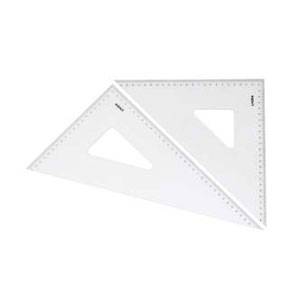Technical Design Rulers
Uncover our range of Rulers at Discount Art & Craft Warehouse. Spend more time creating by finding the right Rulers you need at discounted prices!
We believe that art should be accessible and available to everyone within every budget. Whether you are a professional or a beginner, we aim to provide you with exactly what you need! We stock a wide range of Rulers from the biggest art brands around including Derwent, Reeves, Winsor & Newton, Faber-Castell, Art Spectrum, Copic, Matisse and many more.
Celco Steel Ruler
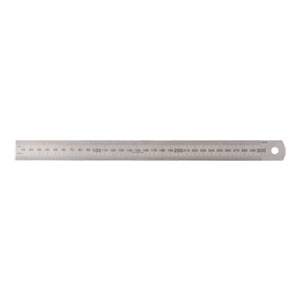
Rulers
FROM $4.30
Kent Double Sided T-Square
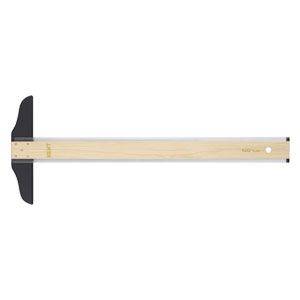
Rulers
FROM $49.80
Kent Scale Rulers Flat/Oval
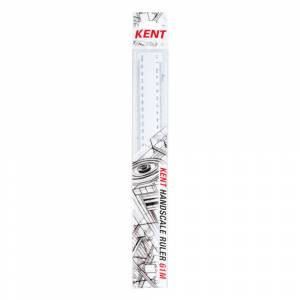
Rulers
ONLY $16.05
Kent Scale Rulers Triangular
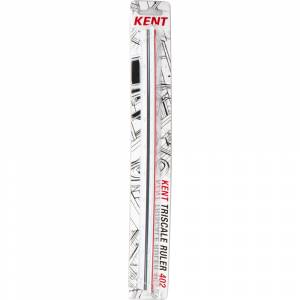
Rulers
ONLY $25.40
FAQs about Technical Design Rulers
What Is Discount Art n Craft Warehouse’s Refund Policy?
Please view our Refund Policy.
What Are The Payment Options For My Online Art And Craft Orders?
We process payments through PayPal. You may use Visa, MasterCard and American Express via PayPal.
What is the use of a ruler in drawing?
A ruler is an essential tool in drawing, as it allows you to accurately measure and record the size of any objects that you are working with. Many rulers also come with protractors for measuring angles, which are useful for drafting and architectural drawing. In addition to helping us measure things accurately, the ruler is also a simple, portable tool that can be used virtually anywhere. Overall, it is an indispensable tool for artists and designers of all kinds.
What are the different types of rulers?
There are many different types of rulers available, including standard measuring tapes and specialised instruments used by architects and engineers. Some of the most common types of rulers include:
- Standard measuring tapes. This is a length of flexible tape with a metal or plastic strip that can be used to measure objects.
- Triangular rulers. This ruler is usually triangular in shape, with a slide bar on one end that allows you to adjust the angle of the ruler or protractor. This type of ruler is often used by architects and engineers to measure angles accurately, as it can be easily aligned with the object being measured.
- Pocket rulers. These rulers are designed to be small and portable, making them an ideal tool for frequent travellers and professionals who need to measure things on the go. They often come with an attached or built-in protractor, and may also be used to measure angles.
- Specialised rulers. There are also many types of specialised rulers designed for specific purposes, such as drafting or measuring the exact dimensions of a space. These rulers may be more specialised than standard measuring tapes and protractors and are often used by architects, engineers, carpenters, and other professionals.
What are the benefits of using rulers in art?
There are many benefits to using a ruler in art, including the ability to accurately measure and record the different elements of your work. Many rulers also come with protractors for measuring angles, which can be useful in tasks such as drafting and architectural drawing. Additionally, rulers are a simple and portable tool that can be used virtually anywhere. They are also durable and inexpensive, which means that they can be a valuable addition to any artist or designer's toolkit. Overall, the ruler is an essential tool for anyone who wants to create accurate and precise artwork.
What surfaces can rulers in art be used on?
There are many different surfaces that a ruler can be used on in art, including paper, canvas, wood, metal, and plastic. Overall, there are many different surfaces that rulers can be used on in art, depending on your specific needs and preferences.
What are some tips for using rulers in art?
Some key tips for using rulers in the art include using a ruler that is specifically designed for the task at hand, choosing a ruler with measurements that are easy to read, and using a ruler that is both durable and lightweight. It can also be helpful to practise using rulers with different materials, as this will help you become more familiar with their different properties and capabilities.
What art supplies will I need when using rulers?
When using rulers in art, some key supplies to keep on hand include drawing paper or canvas, pencils or markers, and a variety of different rulers. Depending on the specific type of work that you are doing, you may also need additional supplies such as paints, brushes, or specialised drafting tools. Additionally, you may want to consider investing in a good-quality eraser and a ruler with built-in protractors, as these tools can be particularly helpful when working on complex or detailed artwork.

